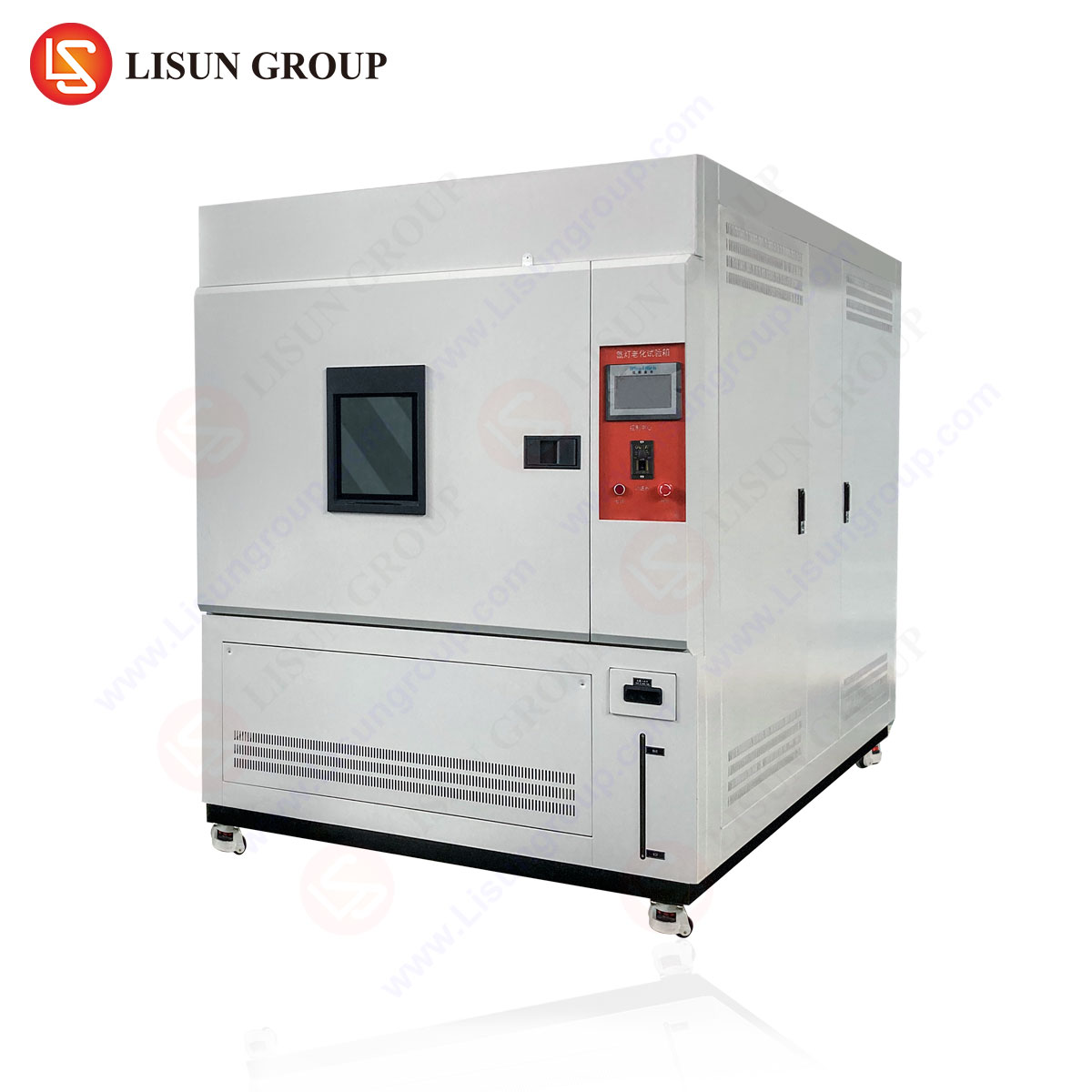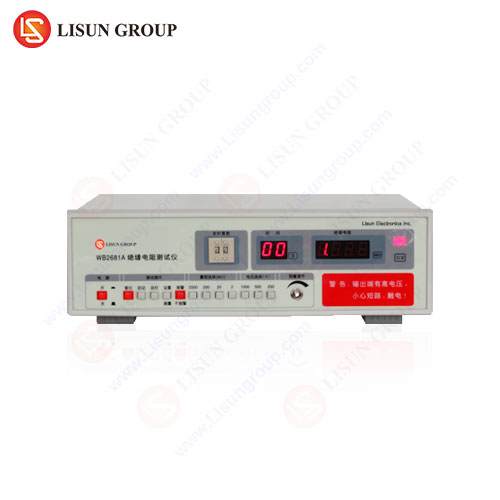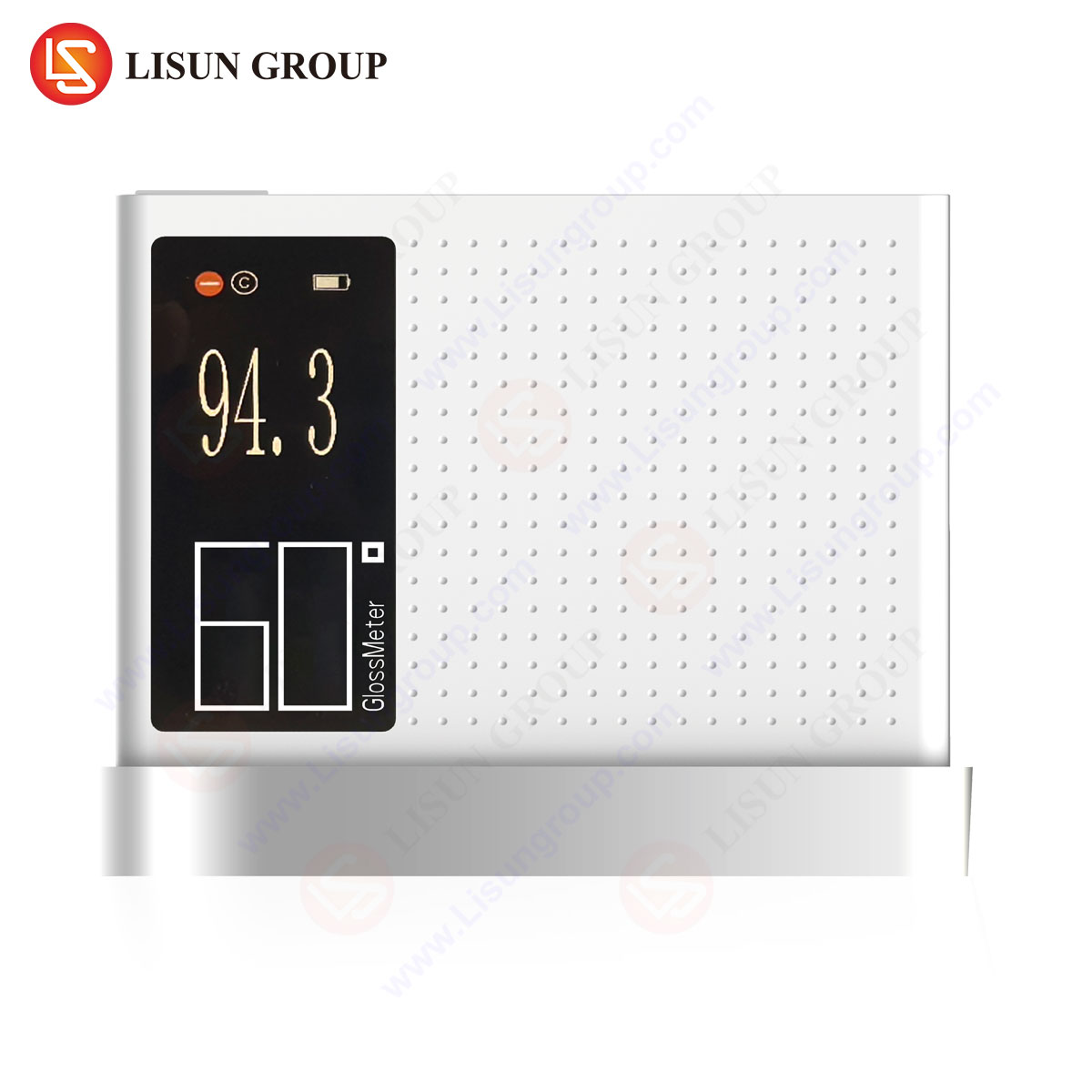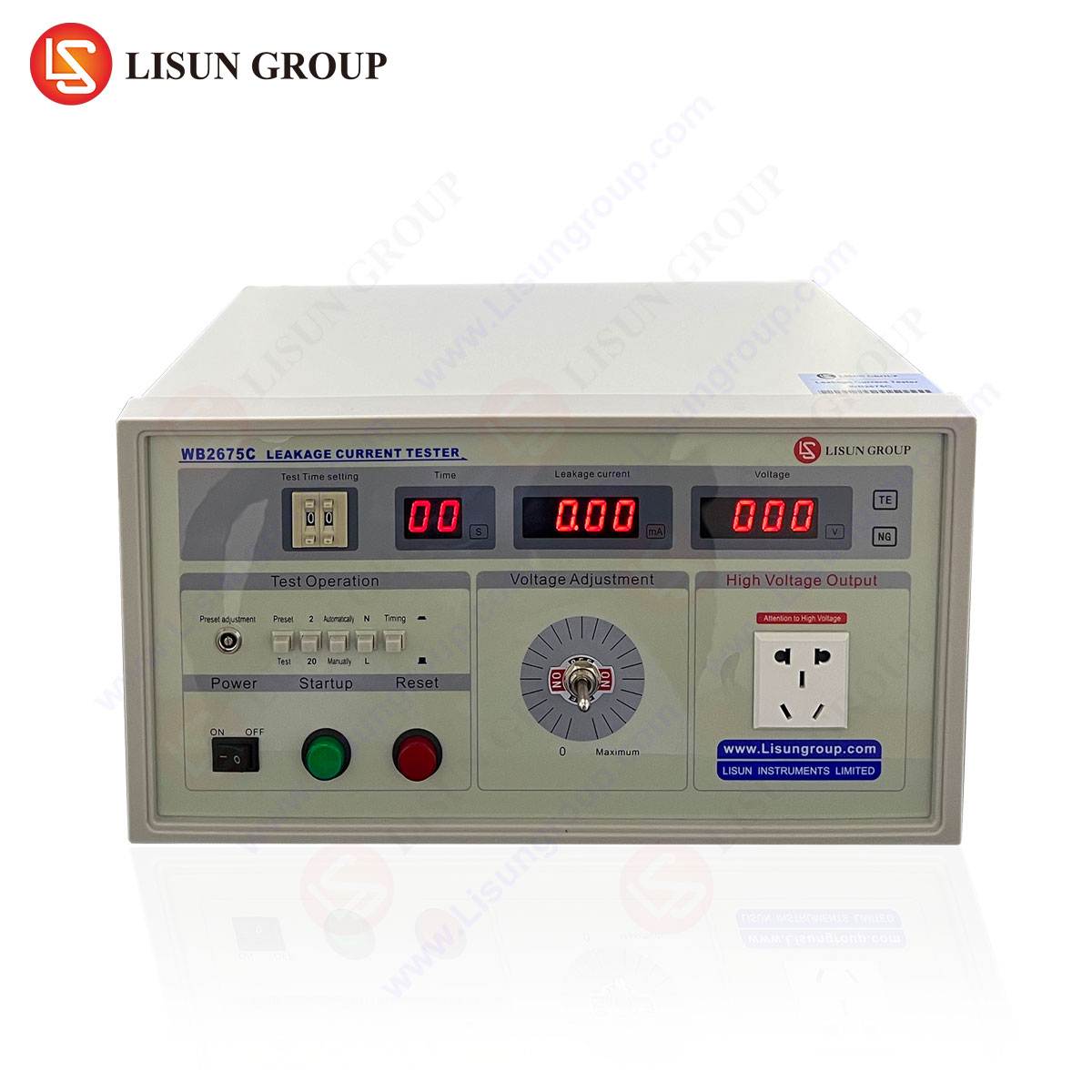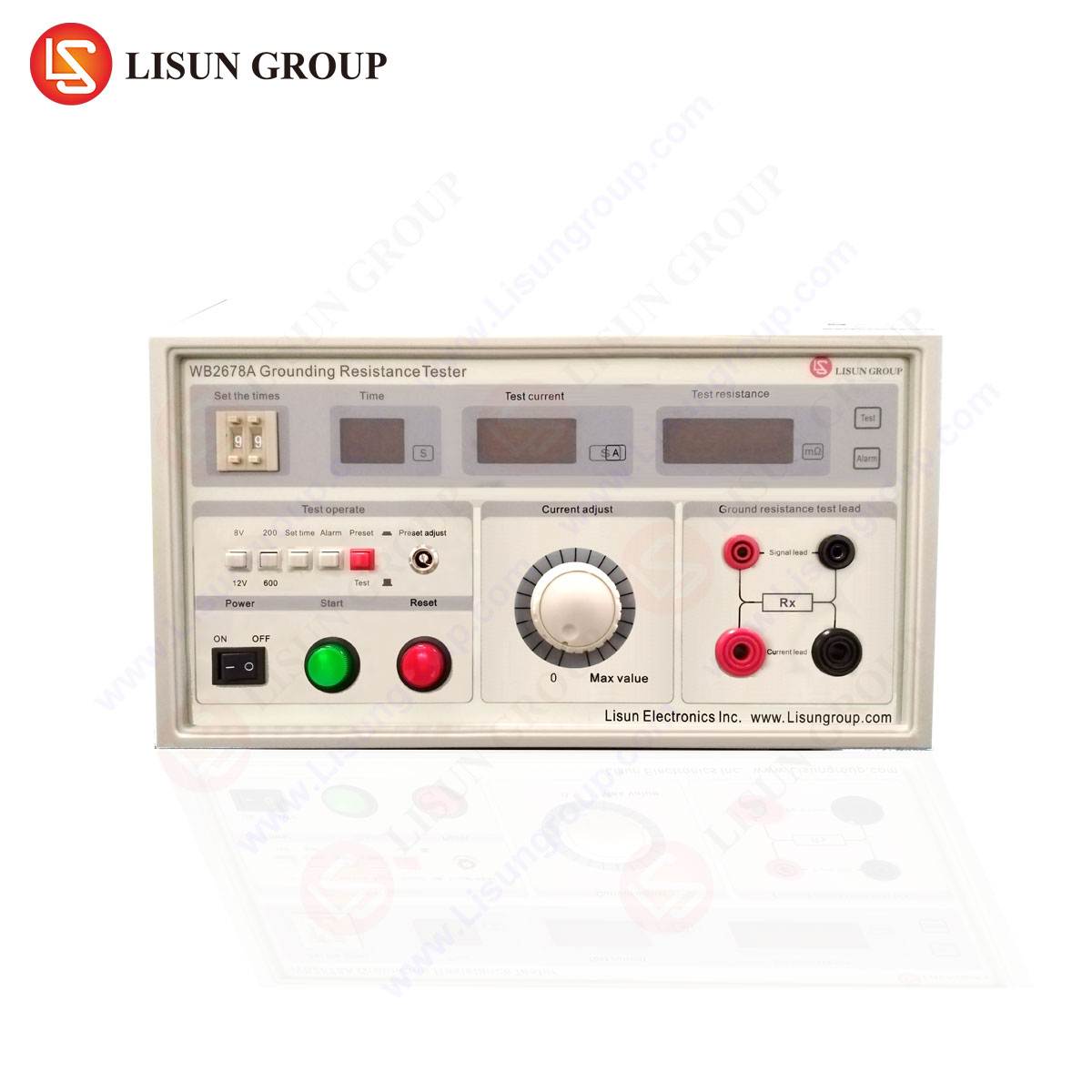Fundamentals of Insulation Resistance Testing
Insulation resistance testing is a critical diagnostic procedure for evaluating the integrity of electrical insulation in components and systems. The test measures the resistance between conductive parts and insulating materials, identifying potential degradation, contamination, or moisture ingress that could compromise safety and performance. A high insulation resistance value indicates effective isolation, whereas low resistance suggests leakage paths that may lead to short circuits, equipment failure, or electrical hazards.
The principle relies on applying a direct current (DC) voltage across the insulation and measuring the resultant current flow. Ohm’s Law (R = V/I) determines the insulation resistance, where higher resistance values (typically in megaohms or gigaohms) signify superior insulation quality. Standardized test voltages, such as 100V, 250V, 500V, or 1000V, are selected based on equipment ratings and industry requirements (e.g., IEC 60335, IEC 60601, or UL 60950-1).
Key Specifications of the WB2681A Тестер сопротивления изоляции
The ЛИСУН WB2681A Insulation Resistance Tester is a precision instrument designed for compliance with international standards, offering advanced functionality for industrial and laboratory applications. Key specifications include:
| Параметр | Спецификация |
|---|---|
| Test Voltage Range | 50V – 1000V (5 steps) |
| Resistance Measurement Range | 0.01 MΩ – 10 GΩ |
| Точность | ±(3% + 5 digits) |
| Выходной ток | ≥ 1 mA (at 500V) |
| Display | 4.3-inch LCD with real-time graphing |
| Memory Storage | Up to 100 test records |
| Стандарты соответствия | IEC 61010, CAT III 600V |
The WB2681A integrates automatic discharge post-testing, ensuring operator safety when handling capacitive loads. Its ruggedized construction and intuitive interface make it suitable for field testing in harsh environments, including manufacturing floors and outdoor installations.
Testing Methodologies and Industry Applications
Spot Reading Test
A single resistance measurement at a fixed voltage provides a snapshot of insulation health. This method is widely used in household appliances (e.g., verifying motor windings in washing machines) and automotive electronics (e.g., testing high-voltage battery insulation in electric vehicles).
Time-Resistance Test (Dielectric Absorption Ratio – DAR)
By monitoring resistance over time (typically 1 minute and 10 minutes), the DAR test detects moisture or contamination in cable and wiring systems. A rising resistance trend indicates healthy insulation, while a flat or declining curve suggests deterioration.
Step Voltage Test
Applying incrementally increasing voltages identifies weaknesses under stress. This method is critical in aerospace components, where insulation must withstand extreme operational conditions without breakdown.
Competitive Advantages of the WB2681A
- Enhanced Accuracy and Stability – The WB2681A employs advanced digital signal processing to minimize noise interference, ensuring repeatable results in medical device manufacturing, where precision is non-negotiable.
- Соответствие многостандартным требованиям – Meets IEC, UL, and GB standards, facilitating global deployment in telecommunications equipment и industrial control systems.
- User-Centric Design – Features like one-touch operation and automatic polarity reversal reduce human error during high-volume testing in consumer electronics production lines.
- Data Logging and Reporting – Integrated memory and USB export streamline quality assurance documentation for lighting fixture manufacturers adhering to ISO 9001 protocols.
Case Study: Insulation Testing in Office Equipment
A multinational electronics firm utilized the WB2681A to assess insulation integrity in power supplies for printers and copiers. By implementing step-voltage testing, the company identified early-stage dielectric breakdown in 12% of units, preventing field failures and reducing warranty claims by $220,000 annually.
Раздел часто задаваемых вопросов
Q1: What is the minimum insulation resistance required for household appliances?
A1: Per IEC 60335, functional insulation must exceed 1 MΩ, while reinforced insulation should surpass 2 MΩ at 500V DC.
Q2: Can the WB2681A test high-capacitance loads?
A2: Yes, its ≥1 mA output current ensures stable readings for capacitive loads up to 10,000 pF, common in industrial motor testing.
Q3: How does temperature affect insulation resistance measurements?
A3: Resistance decreases with rising temperature due to increased ionic mobility. The WB2681A’s temperature compensation algorithm mitigates this effect.
Q4: Is the WB2681A suitable for aerospace wire harness validation?
A4: Absolutely. Its 1000V range and CAT III safety rating align with DO-160 and MIL-STD-202F standards for aviation wiring.
Q5: What maintenance is required for the WB2681A?
A5: Periodic calibration (annual recommended) and battery checks ensure sustained accuracy. The unit includes self-diagnostic functions to alert users to potential faults.


